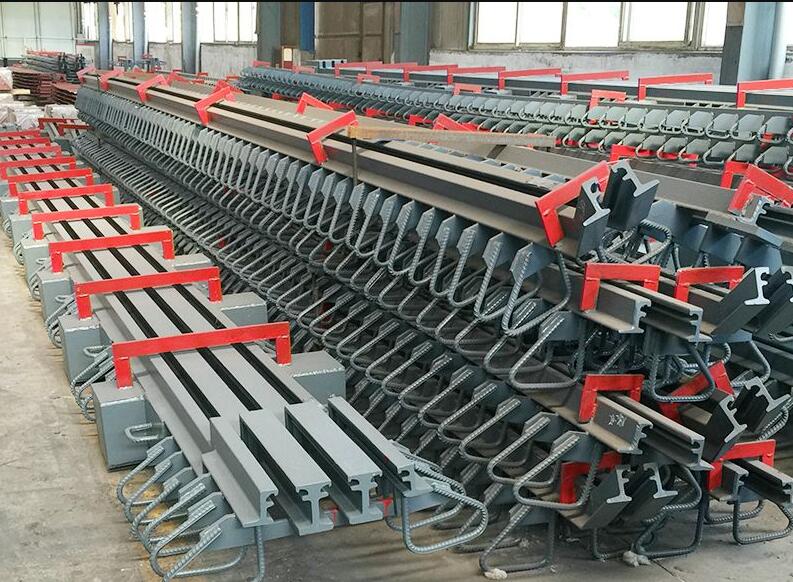Strip seals and modular expansion joints are both crucial components in construction and infrastructure projects, particularly in bridge design, where they play a significant role in accommodating structural movement and ensuring the longevity and safety of the structure. However, they have distinct differences in their design and applications.
Design and Structure:
Strip Seal Joint: A strip seal expansion joint consists of a series of tightly spaced metal or elastomeric strips (usually made of steel or aluminum) that are anchored to the bridge structure on either side of the joint gap. These strips form a continuous seal when compressed and expand when the bridge experiences movement. The sealing element is often made of rubber or neoprene.
Modular Expansion Joint: Modular expansion joints, as the name suggests, consist of multiple individual modules or blocks. Each module typically consists of steel support members and a waterproofing system. These modules are assembled together to create a joint that can accommodate movement in multiple directions.
Movement Capacity:
Strip Seal Joint: Strip seal joints are designed primarily for accommodating smaller horizontal movements, such as thermal expansion and contraction of the bridge deck. They are less suited for large vertical movements.

Modular Expansion Joint: Modular joints are known for their ability to accommodate both horizontal and vertical movements, making them suitable for more extensive expansion and contraction as well as vertical displacement due to seismic activity or other factors.
Applications:
Strip Seal Joint: Strip seals are commonly used in situations where moderate movement is expected and a simple, cost-effective joint system is sufficient. They are often found in smaller bridges, parking garages, and structures with less demanding movement requirements.
Modular Expansion Joint: Modular joints are typically employed in large and complex structures, such as major highway and railway bridges, where substantial movement is anticipated. They are preferred for high-traffic areas and locations prone to seismic activity.
Maintenance:
Strip Seal Joint: Strip seal joints are relatively easier to maintain since they consist of fewer components. Routine inspections and occasional replacement of sealing elements may be required.
Modular Expansion Joint: Modular joints can be more complex and costly to maintain due to their larger number of components. Regular inspections are essential, and if any module becomes damaged, it may need to be replaced, which can be a more involved process.
Cost:
Strip Seal Joint: Strip seal joints are generally more cost-effective in terms of initial installation costs, making them a preferred choice for projects with budget constraints or where smaller movement capabilities suffice.
Modular Expansion Joint: Modular expansion joints tend to be more expensive due to their design complexity and the need for precision engineering. However, they offer superior movement accommodation and are essential for projects that demand this level of performance.
In summary, while both strip seal and modular expansion joints serve the critical purpose of accommodating structural movement in bridges and other structures, the choice between them depends on the specific project requirements. Strip seal joints are simpler and more cost-effective for smaller movements, while modular expansion joints are designed to handle more extensive movements in larger and more complex structures, ensuring their durability and safety over time.



Comments
All Comments (0)